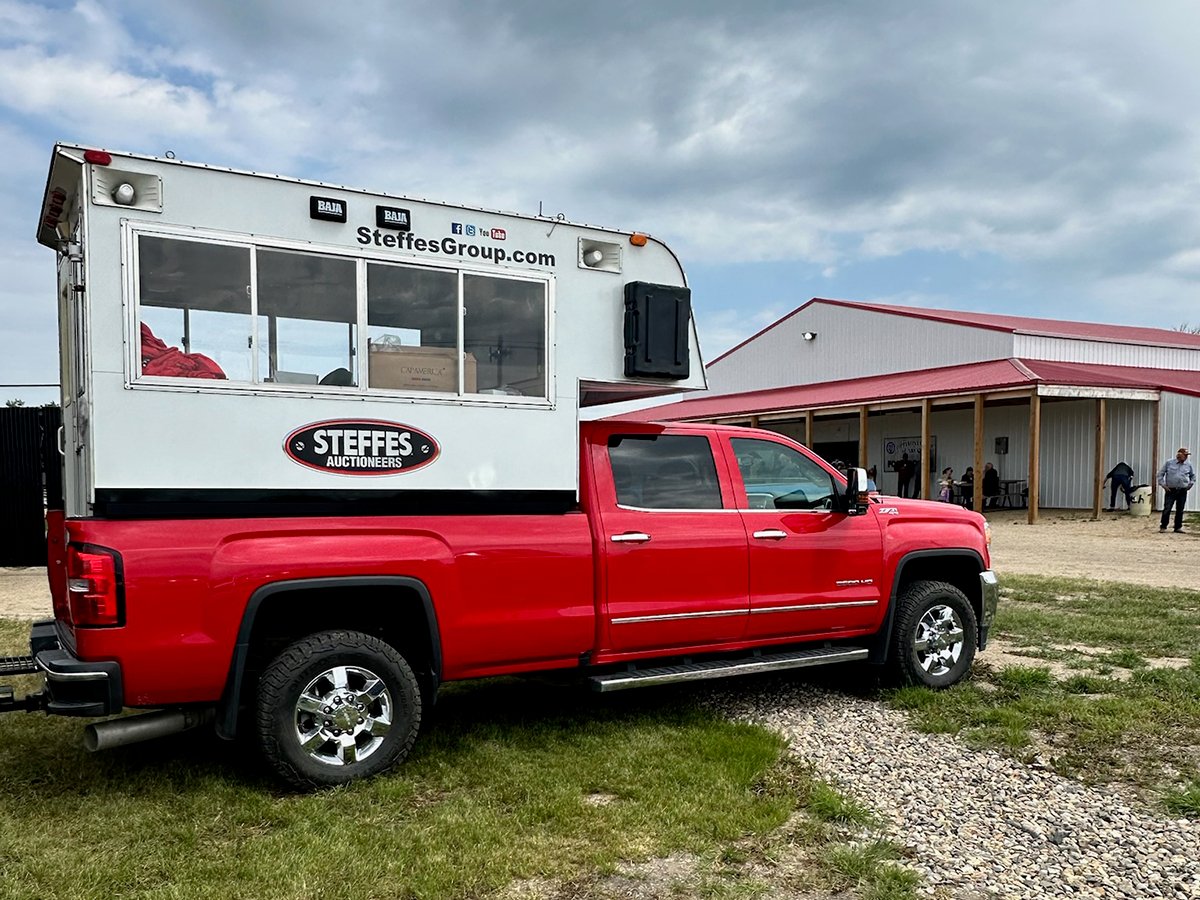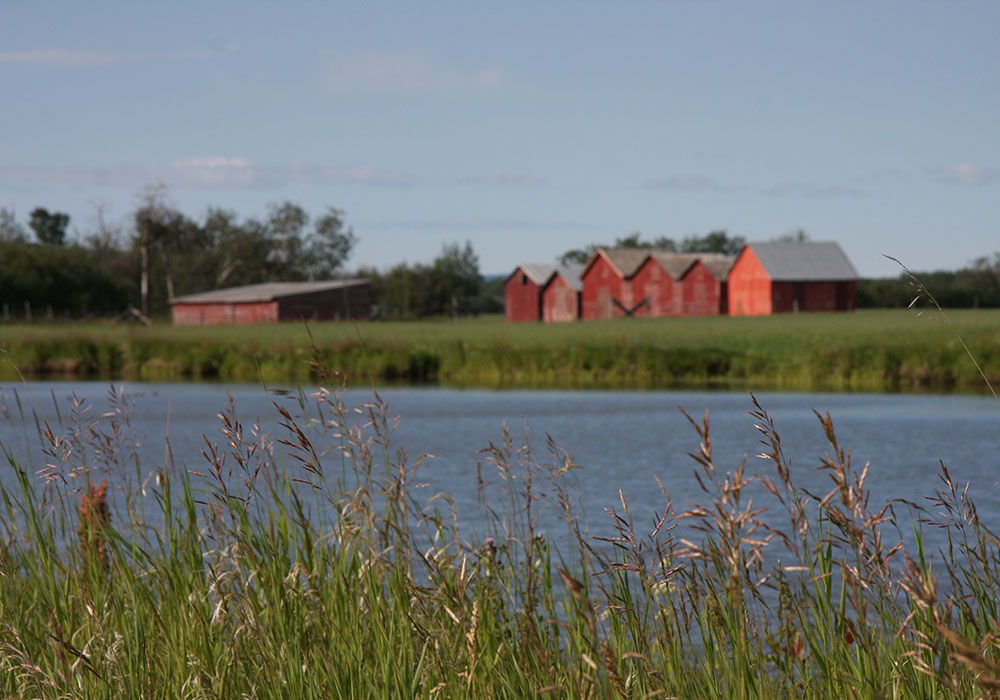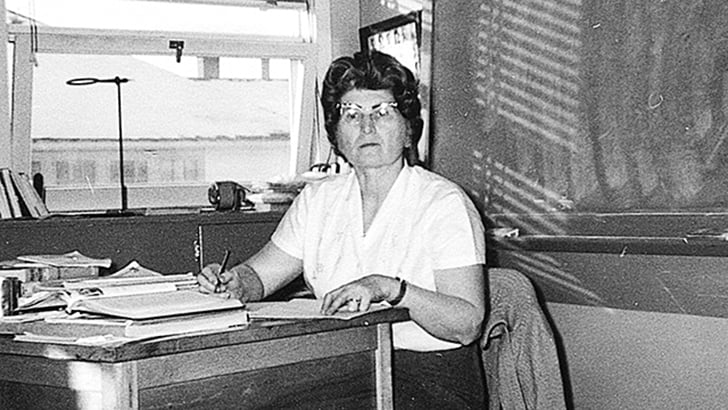New funding for long-term care homes in Saskatchewan will provide for new equipment, and other one-time spending projects, but it will not address a key issue many care homes are facing.
Holly Hodgson, manager of Deer View Lodge in Wawota, Sask., said the new money, while a positive development, will not help with staffing shortages.
“The money (we receive) is a one-time fund. It’s something that we can put in place that will cost us money this year because it’s not happening next year,” she said.
Read Also

Farm auctions evolve with the times
Times have changed. The number of live, on-farm auctions is seeing a drastic decline in recent years. Today’s younger farmers may actually never experience going to one.
“What I heard from the report that initiated the funding, people would like to have more baths (in the care homes),” Hodgson said.
“You might need another tub. You could do a one-time funding (for that). But you need people to help get them in and out of the tub.”
She said nutrition would also need continuous funding.
Still, Hodson was quick to praise the government action.
“Attention is being paid where it needs to be paid, and that’s in resident care,” she said. “Once they get the ideas, then we can (extend) thought on how to provide a sustainable future for resident care.”
She said educating staff on how to deal with residents with dementia will be a priority for the Sun Country health region.
Saskatchewan health minister Dustin Duncan announced recently that the province plans to spend $10 million to address overall quality of life concerns in long-term care homes.
The family of Eli Iron has no issues with the care at St. Joseph’s Hospital and Care Centre in Ile-a-la-Crosse, Sask., considering the available staff.
“Towards the end, he did the full circle going back to a child. He needed to wear diapers. That was Level 4. He couldn’t walk around,” said his daughter, Adele Iron.
Her father had been diagnosed with dementia and required help with meals and bathing.
Eli stayed at the hospital for six years before passing away in 2012.
Adele considered the level of care to be good, but she added there were only two to three staff members for 12 to 15 residents.
“Everything seemed to go on time, but I would say they were short staffed because there were a lot of patients that had required a lot of care.”
Staffing is one of the issues that health region chief executive officers from across Saskatchewan recently included in a report that was released Oct. 1.














